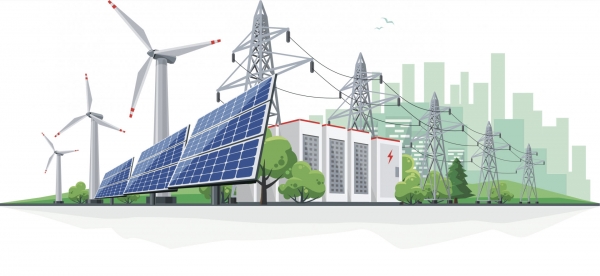A new study indicates that decarbonization pathways should incorporate more efficient electric heating technologies and more renewable energy sources to minimize strain on the US electric grid during peaks in electricity usage from heating in the winter.
Direct fossil fuel consumption by buildings, burned in water heaters, furnaces, and other heating sources, account for nearly 10 percent of greenhouse gas emissions in the United States. Switching to an electric system that powers heating through renewable energy sources, rather than coal, oil, and natural gas—the process known as building electrification or building decarbonization—is a crucial step towards achieving global net-zero climate goals.
However, most building decarbonization models have not accounted for seasonal fluctuations in energy demand for heating or cooling. This makes it difficult to predict what an eventual switch to cleaner, all-electric heating in buildings could mean for the nation’s electrical grid, especially during peaks in energy use.
A new study by researchers at Boston University School of Public Health (BUSPH), Harvard T.H. Chan School of Public Health (Harvard Chan School), Oregon State University (OSU), and the nonprofit Home Energy Efficiency Team (HEET) examined these seasonal changes in energy demand, and found that monthly energy consumption varies substantially and is highest in the winter months.
Continue reading at Boston University School of Public Health
Image via Boston University School of Public Health


